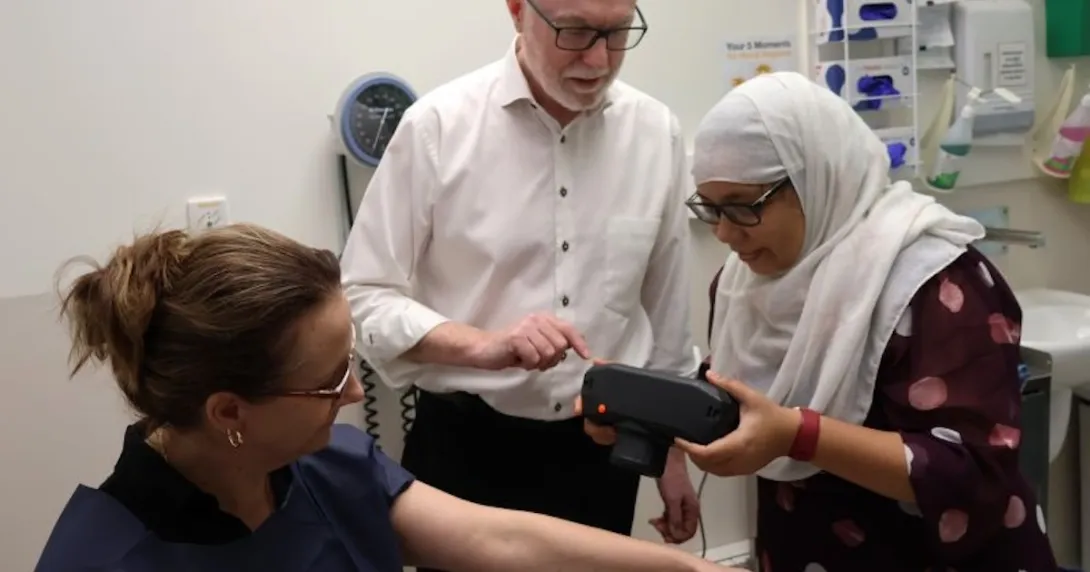
Photo: REB Images via Getty Images
Te Whatu Ora Health New Zealand in the Capital, Coast and Hutt Valley region and the University of Otago, Wellington are launching a national study on an AI-based stroke imaging tool.
They partnered with Dutch AI developer Nicolab to roll out its stroke imaging and workflow solution, StrokeViewer, to as many as 30 hospitals nationwide.
WHAT IT'S ABOUT
The Health Research Council of New Zealand-funded (HRC) study aims to evaluate whether AI-assisted brain scan interpretations can reduce treatment delays and increase stroke intervention rates.
Researchers will track "door-to-treatment" times and reperfusion therapy rates before and after the AI tool implementation.
They will also assess feasibility, user satisfaction, and overall cost implications.
WHY IT MATTERS
The two-year national study ultimately aims to address inequities in stroke care, particularly for Māori and rural communities.
Time-critical reperfusion treatments, such as intravenous thrombolysis and mechanical thrombectomy, can greatly reduce disability and improve functional recovery of stroke patients. However, "timely expertise is difficult to access, especially at smaller regional hospitals," according to the project summary at HRC.
The government expects that, once successful, the programme will provide 850 more patients with access to time-critical stroke therapies each year. It is also projected to provide short-term health sector savings of NZ$5 million ($2.9 million) and long-term societal savings of up to NZ$40 million ($23 million) annually.
THE LARGER CONTEXT
The national study, which represents Nicolab's first nationwide deployment in New Zealand, will also provide findings that will inform the National Stroke Network’s future service planning and national procurement of AI imaging solutions.
In 2023, the National Stroke Network was refreshed following the launch of the National Clinical Networks programme. It is now responsible for developing a National Stroke Model of Care and a Workplan outlining key initiatives to improve outcomes for stroke patients. The network was first established in 2011 as a joint initiative between the Ministry of Health and the Stroke Foundation New Zealand.
Meanwhile, in May, Nicolab secured a standing offer to deploy its stroke imaging AI solution across 36 hospitals under Queensland Health in Australia. It expands the Queensland Telestroke Service, which aims to give two million regional and remote residents access to stroke specialist care. A two-year proof-of-concept had already demonstrated clinical and operational benefits. Queensland was also the last Australian state to introduce a telestroke service in 2023.


